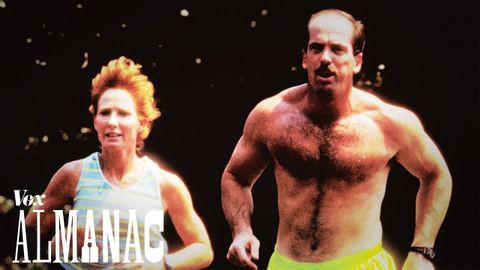跑步是为了古怪的人(When running was for weirdos)
joey joey 發佈於 2021 年 04 月 26 日  沒有此條件下的單字
沒有此條件下的單字US /ˈprɛznt/
・
UK /'preznt/
- adj.出席;在場的;目前的
- n.正在進行的;現在時態;目前的;禮物
- v.t.介紹;主持;介紹;展現;贈送
- v.i.出現
US /kənˈvɪns/
・
UK /kən'vɪns/
US /spəˈsɪfɪkli/
・
UK /spəˈsɪfɪkli/
US /ˈsɛntəns/
・
UK /'sentəns/

